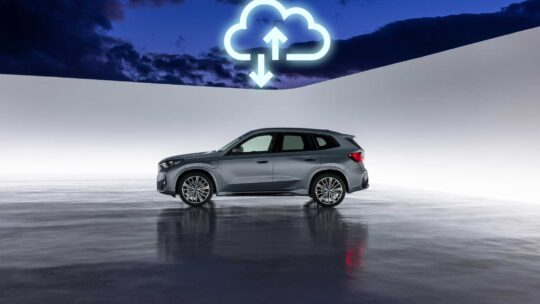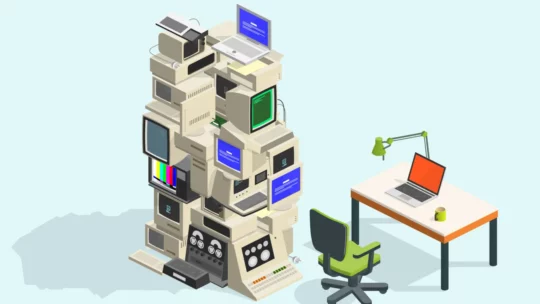At CES 2020, the big tech trade show in Las Vegas, AMD was on a victory lap. The company showed off its new Ryzen 4000 mobile processors, based on its Zen 2 architecture and cost-efficient 7-nanometer manufacturing process. I talked to Papermaster at CES, and he was gratified to see 7nm manufacturing roll out across the entire AMD product line, including the new Radeon 5600 graphics processing units.
Coming soon is a monstrous, $4,000, 64-core AMD Threadripper processor that will claim the title of the most powerful microprocessor. And AMD is working on designing the next-generation processor architecture, dubbed Zen 3. I joined in a group interview with AMD CEO Lisa Su, and I also had an opportunity to sit down with Papermaster one on one.
VentureBeat: It’s different from other times that AMD has had a shot. If you look at it from a tech point of view, what was important to you from [your announcements here at CES]? What technologies are the most important that have come out now?
Mark Papermaster: I’m excited about the products we’re announcing at CES. The course of 2020 is really completing the rollout of 7-nanometer [manufacturing] across our full product line. We made a huge bet several years ago on 7nm and married that foundry technology bet with our road map, which was centered on bringing the highest performance to our CPUs and GPUs. We’re super excited, with Ryzen 4000, to now bring that 7nm with the high-performance Zen 2 cores, with optimized graphics cores, into the notebook form factor, including the 15-watt ultrathin market. That’s very exciting for us.
VentureBeat: What’s been hard about bringing that out on 7nm? Is it more of a production-driven schedule? Are there a lot of technological steps that you’re taking with each product launch?
Papermaster: The decision of our product rollout is based on a combination of our road map planning internally. We need to plan our implementations so we can spread them across our product lines. The decisions as far as which product lines go first are a combination of our partnerships across our technology teams and business unit teams with our OEMs, and with the market planning.
What we’re able to do with 7nm is have the fastest product launch we’ve ever had in AMD history. You look at the volume ramps we achieved. You don’t do that by launching every product on the same day. You want to thoughtfully look at the market. You look at what we did with our first launches in desktop. We demonstrated leadership in performance around Zen 2. If you look across Amazon or any of the retailers, Ryzen is holding down most if not all — it’s all of the top 10 spots on Amazon for highest-selling processors. [It was] clearly the right call to first take that leadership in CPU. It drove very high-volume adoption and demonstrated the prowess of Zen 2.
We then followed that with introducing our Navi graphics in 7nm. We showed the kind of graphics processing efficiency that we could bring with the new generation Navi architecture, again with 7nm, because 7nm with both CPU and GPU is allowing us to double the kind of computation in the same power envelope that we had in the previous processor node. We followed that with the server in the fall, and now we’re very excited to bring an integrated CPU and GPU Ryzen 4000.
…







